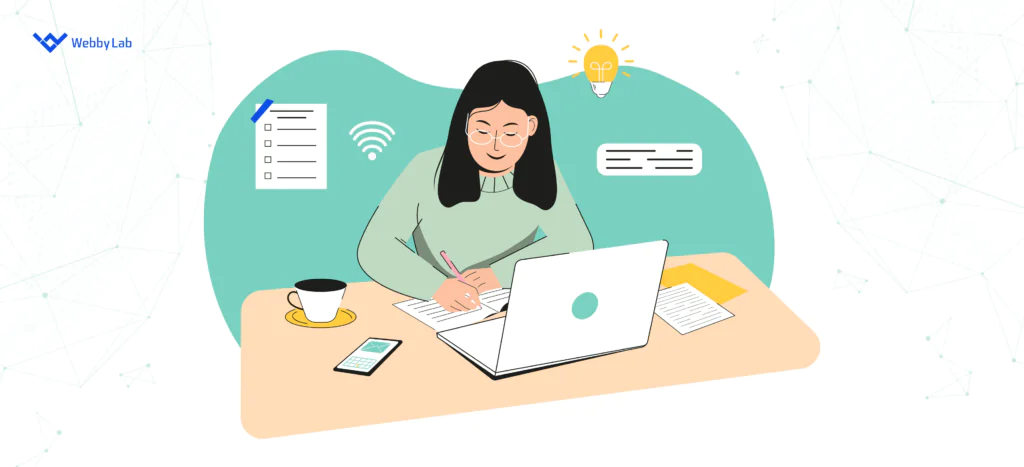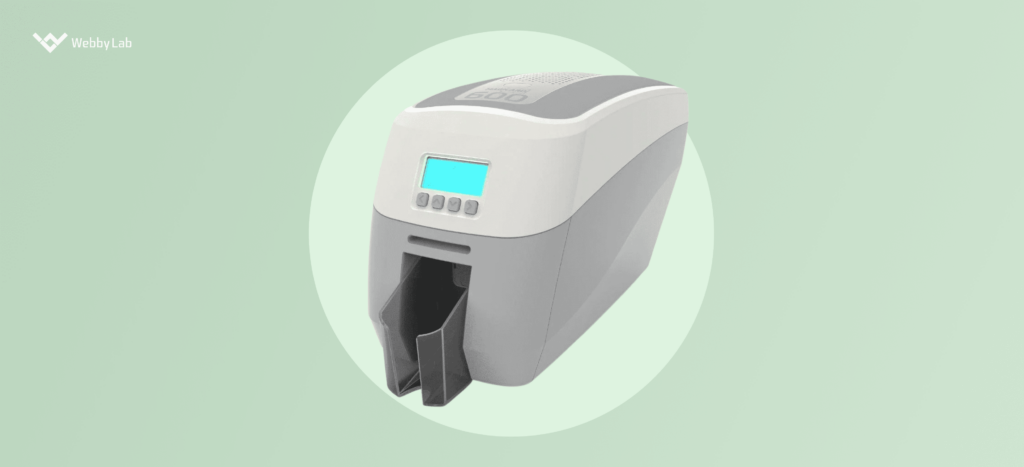IoT in Education: A Game-Changer for Learning
Written by:

Kostiantyn Oliynyk
Head of IoT at Webbylab
With a robust academic background in Telecommunication Systems Engineering, I apply my knowledge to lead innovations in the IoT domain. Starting as the first team member in the newly formed IoT department at WebbyLab, I've spearheaded its growth, fostering the expansion into embedded and hardware development alongside our core software projects. My dedication lies in pushing the boundaries of IoT technology, fostering a culture of innovation and excellence that profoundly impacts our clients' operational success.
The key elements of a smart education system using IoT could be the following: student attendance monitoring, special education, e-learning, elements of safety, applications for connecting per-to-peer professionals, evolving methodologies, tools for improved resource management, robotic learning decisions, and many others. You may order a custom solution, which allows you to eliminate unnecessary features and focus on exactly what you need.
The Internet of Things in education can help in finding a successful response to the challenges of growing competition and financial stability. Benefits of IoT in the education sector are obvious. Schools will benefit from reduced operating costs and enhanced energy efficiency using the Internet of Things. IoT solutions lay the groundwork not only for more efficient school management but also for better experience for all participants in the learning process, both for teachers and students. You can improve attendance statistics, help scholars get better results on assessments, enhance their safety in campuses, offer broader opportunities for remote students or children with disabilities, and much more.
For example, an interactive smart whiteboard allows a teacher and students to collaborate on the same document and share it with the entire class in real-time (but is far from limited to this). Small robots give an opportunity to explore complex STEM topics playfully, while digital learning tools like a digital pen enables converting any type of handwritten communication into electronic files instantaneously, just by writing on special digital paper or directly on a selected computer screen. You can build a smart system that will collect data through sensors and remotely control lighting, locks, and heating systems in the classrooms.
Even though many colleges and universities are interested in using the Internet of Things and education solutions to support student learning, some difficulties become a barrier to the widespread adoption of its tools. High implementation costs, privacy, security challenges, or inappropriate infrastructure for storing and processing data are among them. You should properly follow all security policies to protect data and not save on protective measures and contingency plans for the event of cyber threats. Use only trusted solution providers who apply only best practices and the latest security technologies for their products. Don’t forget to ensure using a reliable computing platform and cloud-based storage system. You also should take into account such factors as regulations in the local area of implementation, user experience features and opportunities for future scaling of the project.
IoT education helps schools improve security, save energy, and create better learning environments. It allows for real-time monitoring, automation, and data-driven decisions, so schools can manage resources more effectively, keep students safer, and provide smarter learning environments with connected devices.
With IoT, classrooms become more interactive and personalized. Smartboards, connected devices, and AI-powered analytics help teachers track student engagement, monitor progress, and adjust lessons in real time, improving overall classroom efficiency.
Examples include smart attendance tracking systems using RFID, IoT-based security systems for campus safety, classroom automation and energy efficiency with smart lighting and HVAC controls, as well as AI-powered learning tools that adapt content to each student’s performance.
In the US, IoT is used to improve security with connected cameras and access controls, manage energy with automated HVAC and lighting systems, and automate classroom features like interactive displays and smart whiteboards. Organizations also use IoT in higher education for asset tracking and student activity analysis.
Yes! IoT is becoming more affordable, with modular, scalable solutions that fit different budgets. Schools can start with low-cost smart sensors, cloud-based analytics, and phased rollouts, making implementing IoT without excessive upfront costs easier. Plus, many governments and private organizations offer grants and funding for smart education initiatives.












